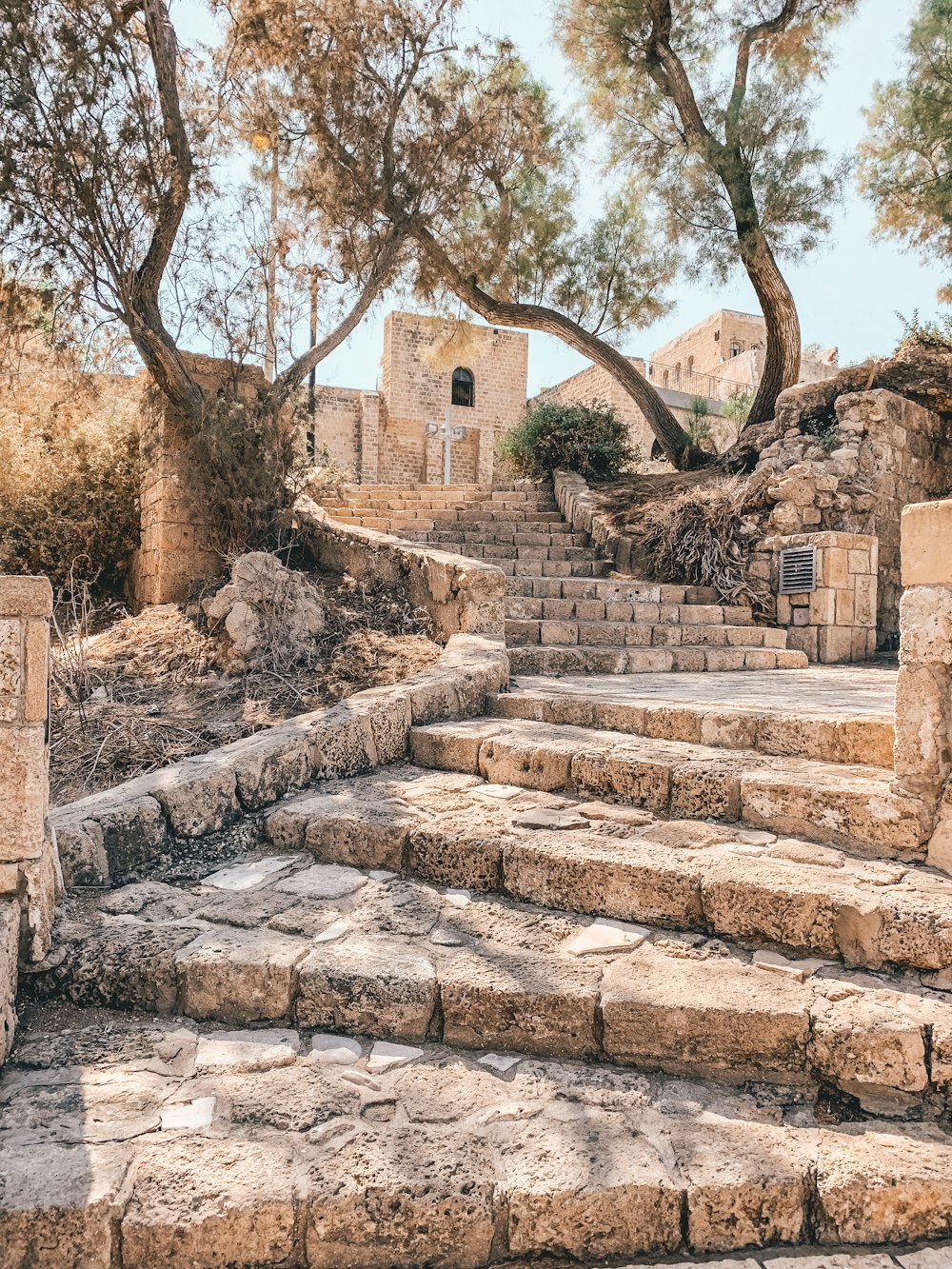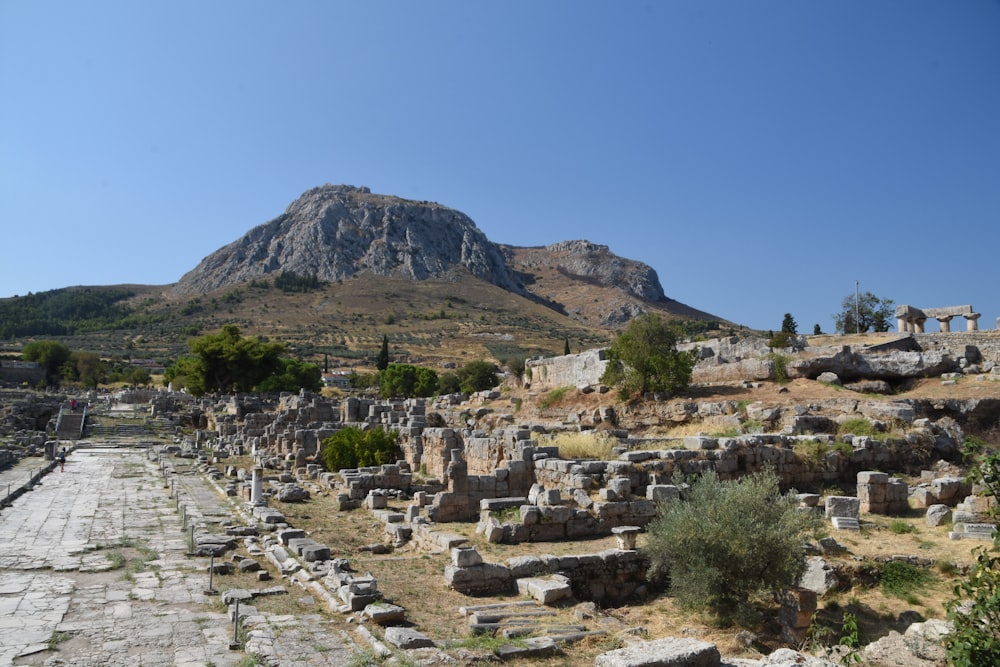We are delighted to share with you our library of resources. You can use the filter feature below to find topics most relevant to your curriculum.
Want to organise the resources you use most in one place? Register as a user to add content to your own Boards.
What Evidence is There for the Bible's Reliability?
Archaeological evidence for the authority of the Bible
There are many cultural references and places mentioned in the Bible. Recent advances in archaeology have discovered some of these, lending weight to the authority of the Bible.
PEOPLES' TITLES IN THE BOOK OF ACTS

In describing the local officials' Paul bumped up against, the author uses a range of different titles. For example, he talks about praetors in Philippi, calls Publius the first man of Malta, and calls the city rulers of Thessalonika politarchs.
Some scholars believe that Luke was an inaccurate and unreliable historian, who did not know what he was writing about, or perhaps just couldn't be bothered to be consistent in his use of official titles. For example, there was absolutely no known use of the word politarch anywhere in Greek literature.
Luke must have got it wrong?
However, recent discoveries have shown that a range of different titles were in use at the time for local government officials, and that - wherever we know what the title was - the author of Acts got it right.
Then in 1835, a Greek inscription was discovered on an arch at Thessalonika, Greece, which contained the title politarch. (The arch itself was destroyed in 1867, but the inscription is now in the British Museum.) Since then, this term has been found in a large number of other inscriptions - several of them at Thessalonika.
Luke's use of different titles in other places has also been confirmed by archaeological discoveries. And the same careful and accurate person who wrote Acts also wrote Luke's gospel. In the introduction to the Gospel of Luke, he wrote:
'Many people have written accounts about the events that took place among us. They used as their source material the reports circulating among us from the early disciples and other eyewitnesses of what God has done in fulfillment of His promises. Having carefully investigated all of these accounts from the beginning, I have decided to write a careful summary for you, to reassure you of the truth of all you were taught.' Luke 1:1-4

Paul probably wrote his letter to the Church in Rome from Corinth in 57 AD. In the middle of a list of personal greetings, he says, 'Erastus, the city treasurer, sends you his greetings…'
Archaeologists have discovered in Corinth a block of marble in a paved square near the theatre, with the Latin inscription 'Erastus, commissioner of public works [aedile], laid this pavement at his own expense.' This could be the person Paul mentioned in his letter. (However, note that Erastus was a common name. This Erastus is probably not the same as the Erastus mentioned in Acts.)
THE POOL OF BETHESDA
In chapter 5 of John's Gospel, the author describes a pool in Jerusalem, near the Sheep Gate, called Bethesda, and surrounded by five covered colonnades. Until the 19th century, there was no evidence for the existence of this pool outside John's gospel. Scholars argued that the gospel was written later, probably by someone without first-hand knowledge of the city of Jerusalem, and that the pool had a metaphorical or symbolic, rather than actual, significance.
Then in the nineteenth century, archaeologists discovered the remains of a pool exactly matching the description in John's Gospel.
CONCLUSION
The outcome of all this is that although archaeology cannot confirm that the Bible accounts are true, recent archaeological discoveries have tended to show the accuracy of many background details in the Bible narratives. This in turn tends to support both their historical reliability, and the claim that they are based on the testimony of eyewitnesses.
You can read more about this subject here.
These pages have been produced by David Couchman MA (Cantab), MSc. The material is taken from the Facing the Challenge course and is used with permission.
